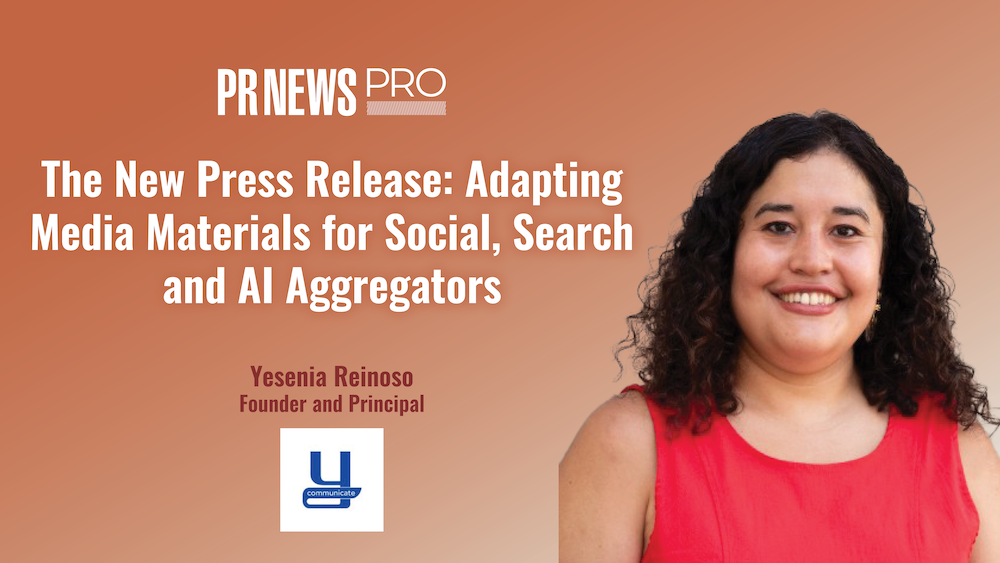(Direct) When building a house, you can proceed one of two ways: You can carefully lay out your home’s design on a blueprint, consulting along the way with the architect, carpenter, electrician and plumber to ensure your finished home will be rock-solid and built within your budget. Or you can simply pour a foundation, start nailing boards together and hope for the best.
Loyalty programs are no different. The best way to build a successful program is to create a solid financial model that can measure projected return on investment before launch.
When estimating the ROI of a prospective program, the first step is to define and identify the financial benefits and costs. The difference between measuring the ROI of an existing program—vs. that of a planned effort—is that the benefits of a current program can readily be identified by comparing member behavior to that of a control group. To estimate the financial benefits of a proposed program, certain assumptions have to be made.
Do these necessary assumptions make measuring the ROI of an effort already under way an exercise in futility? Absolutely not. But if a company ever hopes to fully understand the financial impact of its loyalty program on the bottom line, then modeling ROI prior to launch is essential. So where should one start?
All loyalty programs should provide a few direct, tangible benefits which depend on the program’s structure, the nature of the industry and even the state of a company’s brand. In general, there are three core benefits: a boost in customer retention (the attrition benefit); an increase in the amount customers spend (the lift benefit); and a gain in the rate at which a company attracts new customers (the acquisition benefit).
Competition in most industries is brutal; customers are indiscriminate. Couple these trends with the old but true saw that it costs more to acquire a customer than it does to retain one, and focusing marketing efforts on existing customers makes sound business sense. Loyalty programs can stem attrition through the targeted application of tangible rewards, coupons, rebates or special treatment and recognition. The more attractive and relevant a company’s value proposition appears, the less likely customers are to defect.
To incorporate an attrition benefit into an ROI study, a few key assumptions will have to be made. As the study progresses, ask these questions:
*How likely are customers to defect? A loyalty program will affect each customer segment differently. Some customers are more likely to defect than others. The attrition benefit of your program will be greater for a customer at high risk of defection, and correspondingly smaller for one at lower risk. In other words, an attrition benefit from keeping a customer can be realized only if that customer would have left if the loyalty program wasn’t in place.
*How does a company’s value proposition affect attrition? Once the likelihood of attrition for a given segment has been determined, different attrition benefit estimates can be applied based on that segment’s risk. For example, a company might project a 15% drop in attrition for customers in a low-risk segment, compared with a 10% improvement for customers at high risk.
Here, apply a simple rule: The richer the value proposition, the greater the ability to reduce attrition. As an example, consider a simple cash-back program: It’s safe to assume there’ll be more improvement in attrition with a 2% cash-back program than for 1% back. But a loyalty program doesn’t have to wreck a firm’s profit margin to succeed. It’s the program’s perceived value that counts—airline miles, say, have more perceived value than a simple discount.
How can a company translate reduced attrition into a financial benefit? Many educated guesses will have to be made as the financial model is being built. One of the most important is how many customers a firm may have with the program in place and how many without. The difference between those two numbers reveals how many customers the program helps the firm retain. Then the dollar amount these customers might spend with the company over their lifetime can be projected to arrive at the financial benefit of this reduced attrition. It’s a simple concept, but believe it or not, many programs are launched without a thought given to these basic assumptions.
Once the attrition benefit’s been figured, a company may decide its financial model is in pretty good shape. But there’s a subtler aspect to attrition that many program managers overlook: To accurately reflect the attrition benefit, a model has to account not only for the benefit derived from retaining existing customers, but for keeping new ones. After all, these customers—acquired over a loyalty program’s lifetime—exhibit attrition behavior that presumably will be deterred by an attractive value proposition.
And unless there are mitigating factors, the attrition benefit typically should have a compounding effect. A customer retained thanks to a firm’s brilliant loyalty play will accrue financial benefit not only at the point in time when the attrition event would have occurred, but also into the future. If any company retains a customer today, the true benefit is the sum of what it spends now and what it spends in days to come.
Once the loyalty effort is under way, the actual attrition benefit can be measured against projections. By asking the same questions about an existing program as about a model, a firm will have the essential information necessary to conduct a worthwhile ROI study. In fact, the program’s ROI should be evaluated periodically to determine if it’s meeting the forecasted financial returns. It’s the only way to know if a program is achieving its intended impact.
Grant Gilkerson is a senior statistical analyst at Frequency Marketing Inc., Milford, OH.



